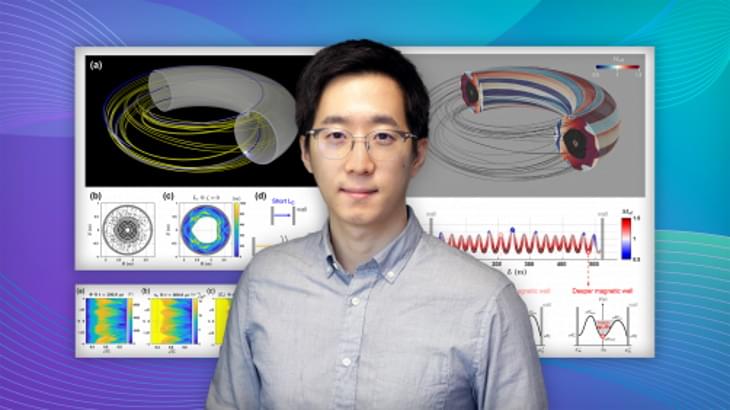Physicists at the Princeton Plasma Physics Laboratory (PPPL) have proposed that the formation of “hills and valleys” in magnetic field lines could be the source of sudden collapses of heat ahead of disruptions that can damage doughnut-shaped tokamak fusion facilities. Their discovery could help overcome a critical challenge facing such facilities.
The research, published in a Physics of Plasmas paper in July, traced the collapse to the 3D disordering of the strong magnetic fields used to contain the hot, charged plasma gas. “We proposed a novel way to understand the [disordered] field lines, which was usually ignored or poorly modelled in the previous studies,” said Min-Gu Yoo, a post-doctoral researcher at PPPL and lead author of the paper.
Fusion is the process that powers the Sun and stars as hydrogen atoms fuse together to form helium, and matter is converted into energy. Capturing the process on Earth could create a clean, carbon-free and almost inexhaustible source of power to generate electricity, but comes with many engineering challenges: in stars, massive gravitational forces create the right conditions for fusion. On Earth those conditions are much harder to achieve.










Comments are closed.